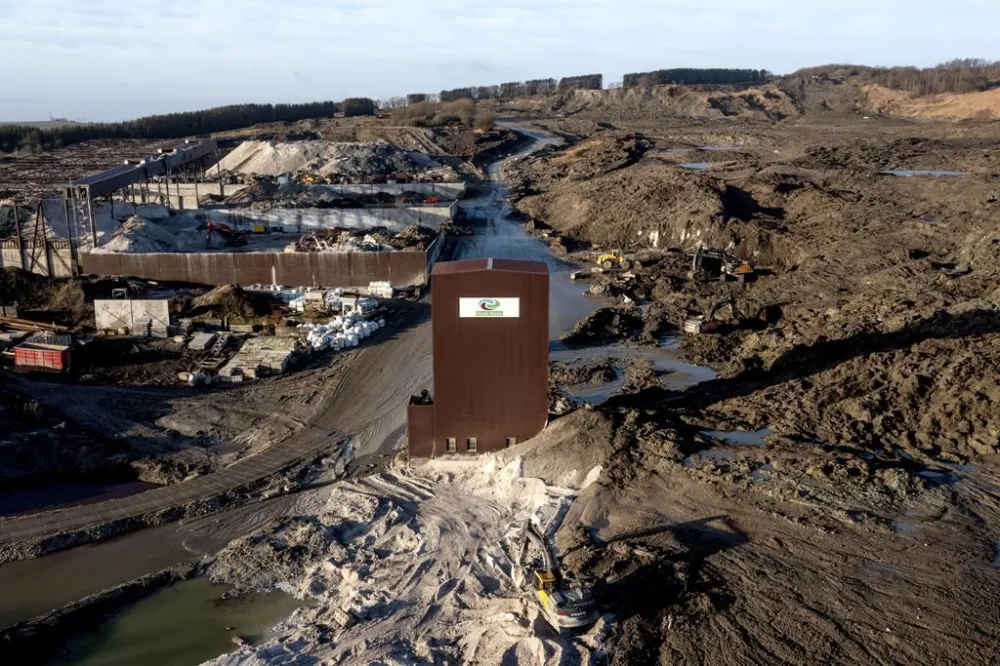Latest reports suggest that people in a Danish village are living in fear of their homes being overrun by a landslide of contaminated soil in one of the worst environmental disasters in the country’s history.
The landslide is slowly moving towards Ølst, a village of 400 inhabitants south of Randers in Jutland, after the soil started moving at a nearby plant, run by Nordic Waste, where it has already demolished buildings.
At least 2m tonnes of contaminated soil is believed to be moving at 2 metres a day – having slowed down from 9 metres a day – and is predicted by experts to be heading towards the village. It is feared it could pollute the Alling Å River.
A report by the Geological Survey of Denmark and Greenland (GEUS) into the scandal, which has prompted outrage across Denmark, found the landslide was caused by human, not natural, activity. It is understood to include material from Norway.
Cleanup costs are expected to reach 205m Danish kroner (£23.5m) over the next six months and could eventually run into the billions.
Read also: Global Forum addresses impacts of climate change on human mobility
Nordic Waste, whose website tagline is “we give the earth new life”, last week declared itself bankrupt, saying: “Unfortunately, the landslide has reached such a scale that we as a company are unable to take up the task of combating it.”
Rene Møller Larsen, whose business is 500 metres up the hill from the landslide and has lived in the area for decades, said the usually peaceful rural community had been left shaken.
“They have been shocked. And then the garbage [contaminated soil] was moving so fast. The worst case was it came to the village,” he said. While the progress of the landslide has slowed significantly, he believes it will take months before the full impact becomes clear. “What is the meaning of taking garbage to Denmark? They only see one thing: money.”
There had been speculation in Denmark that the landslide may have been caused by recent heavy rain. However Kristian Svennevig, a senior GEUS researcher and one of the authors of the report into the disaster, said it found evidence dating back to 2021 of the movement, which gathered pace last year before becoming public in December.
“What we concluded is that it is not a natural phenomenon, it is a man-made phenomenon and climate change is not to blame,” he said. “It is basically the polluted soil itself that is sliding and it started sliding in the relatively dry years of 2021 and 2022, which is something you would not expect from a natural landslide.”
Story was adapted from the Guardian.
